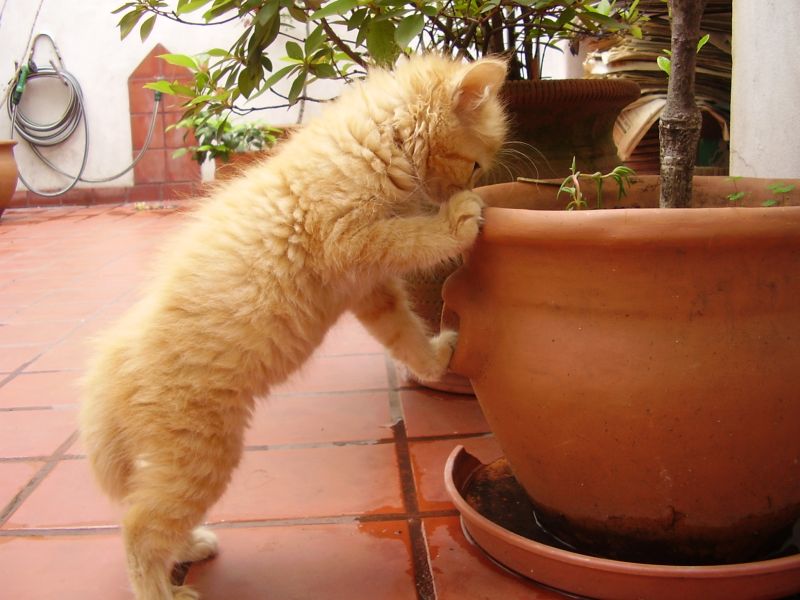I have the honor of co-facilitating a pre-conference on Experiential Learning at ALA this summer. My co-facilitator is the supremely talented Dr. Sharon Morris, Director of Library Development and Innovation at the Colorado State Library. May it be of any interest, we’d love to see you there! Here are the deets:
Designing and Facilitating Learning Experiences that Make a Difference: The Power of Active Experiential Learning
When: ALA Preconference, Friday, June 24, 8:30am – 12:00pm
Where: Orlando, Florida (Convention Center, room TBD)
Speakers: Peter Bromberg & Sharon Morris
Description
Are you tired of “Sage on the Stage” presentations and trainings? Have you been to presentation after presentation that didn’t result in anyone –including you –actually doing something different?
That’s because the kind of deep learning that leads to real change happens when we make meaning from our own experience and then design a plan to apply our new understanding to real life situations. Come to this highly engaging program and experience for yourself the power — and fun — of active, experiential learning.
Ticket Prices:
- LearnRT Member: $120
- ALA Member: $150
- Non Member: $200
Not currently a LearnRT member? Join now to save on this event.
Key Links
- Ticketed events page: http://2016.alaannual.org/ticketed-events#LEARNRT
- Registration page: http://2016.alaannual.org/register-now
- Complete list of LearnRT Programs at Annual: http://www.ala.org/learnrt/programs-annual
Image Credit: Courtesy Flickr user clarkmaxwell https://www.flickr.com/photos/clarkmaxwell/4958612436/ (CC BY-NC-ND 2.0)





